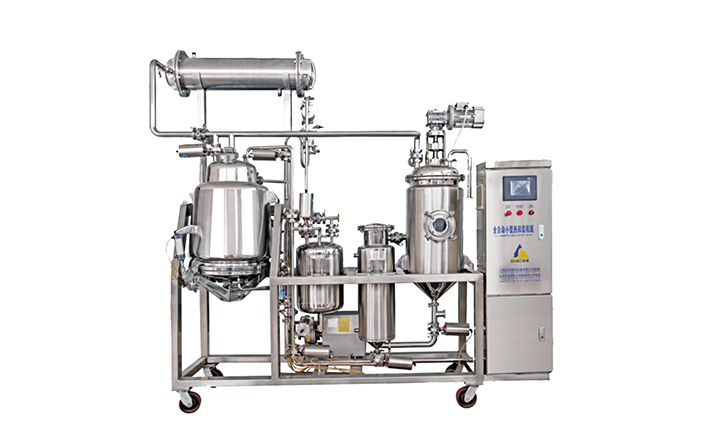
Extraction tanks are specialized industrial vessels designed to separate target substances from raw materials using physical or chemical methods, such as solvent dissolution, phase separation, or energy-assisted disruption. These tanks—typically cylindrical, made of stainless steel or corrosion-resistant materials—incorporate features like agitation systems, temperature control jackets, and filtration units to optimize the extraction process. They serve as critical equipment across industries including pharmaceuticals, food and beverage, mining, and environmental treatment, enabling the isolation of valuable compounds like plant extracts, petroleum fractions, and metal ions.
Extraction tanks facilitate selective substance isolation by creating controlled environments for mass transfer between phases (e.g., liquid-liquid, solid-liquid). Their core functions include:
• Solvent-based extraction: Dissolving target compounds using solvents (e.g., ethanol for plant alkaloids, hexane for vegetable oils).
• Phase separation: Leveraging density or solubility differences to separate components (e.g., separating oil from wastewater).
• Energy-enhanced processes: Using ultrasound, microwaves, or supercritical fluids to accelerate extraction and improve purity (e.g., heat-sensitive cannabinoid extraction with CO₂).
|
Type |
Working Principle |
Advantages |
Typical Applications |
Distinguishing Features |
|
Solvent Extraction Tanks |
Use organic solvents (ethanol, acetone) to dissolve target compounds. |
Simple design, low cost for basic applications. |
Food flavor extraction, crude oil desulfurization. |
Requires solvent recovery; may leave residues. |
|
Supercritical CO₂ Tanks |
Employ CO₂ at high pressure/temperature (supercritical state) as a solvent. |
Non-toxic, recyclable; preserves heat-sensitive compounds. |
Pharmaceutical active ingredients (e.g., CBD), coffee decaffeination. |
High-pressure systems; higher capital cost. |
|
Ultrasonic/Microwave-Assisted Tanks |
Use mechanical/electromagnetic energy to disrupt cell walls and enhance mass transfer. |
Faster extraction (reduces time by 30–50%), higher yield. |
Herbal medicine extraction, soil contaminant removal. |
Requires energy input; suitable for tough matrices. |
|
Centrifugal Extraction Tanks |
Use centrifugal force to accelerate phase separation in liquid-liquid systems. |
High efficiency (98%+ metal ion recovery), compact design. |
Metallurgy (platinum-group metal recovery), nuclear fuel processing. |
Complex mechanical structure; high-speed rotation. |
1. Purpose-Driven Design: Choose supercritical CO₂ tanks for heat-sensitive materials (e.g., natural supplements) and centrifugal tanks for high-purity metal recovery.
2. Sustainability Focus: Prioritize tanks with built-in solvent recycling systems (reduces waste by 80%) and energy-efficient agitation.
3. Automation: Opt for PLC-controlled tanks to minimize human error and achieve repeatable results, especially in pharmaceutical applications.
Extraction tanks are foundational to modern industrial separation, balancing efficiency with precision across diverse sectors. By understanding their types—from low-cost solvent tanks to advanced supercritical systems—users can optimize processes for yield, purity, and sustainability. As industries increasingly demand greener and smarter solutions, extraction tanks will continue to evolve, integrating AI-driven controls and eco-friendly technologies to meet future challenges.
GET A QUOTE